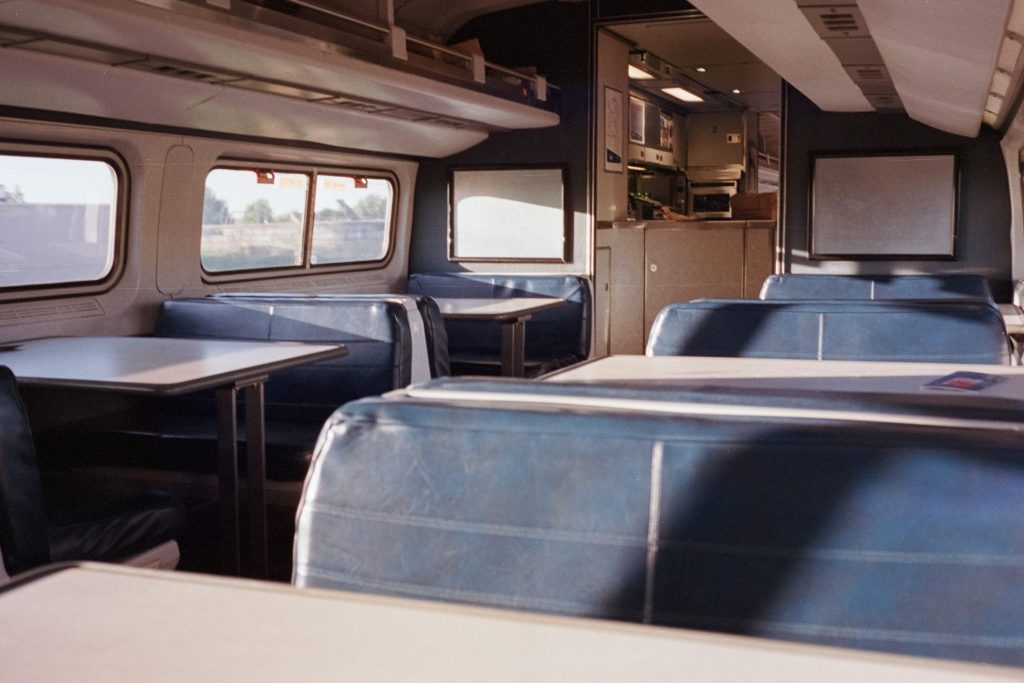Skift Take
Amtrak wanted to break even this year on an operating basis. That was a nice goal, but it was all academic. Amtrak is the U.S. national railway, and the government will do what it must to keep it running.
Ridership at Amtrak, the U.S. railway system, is down 95 percent this month, and leaders project it will suffer at least $700 million in annual adjusted operating losses during a fiscal year in which it expected to break even for the first time in its 50-year-history.
The railway’s prior CEO, Richard Anderson, made a big deal of breaking-even, and reaching that goal may have given Amtrak a boost in Washington, where some politicians ask if the company deserves so many government subsidies. But Amtrak is the national railway — it serves not only big cities, but also small towns — and the truth is, it probably doesn’t need to eke out a profit. It’s why Congress is expected to help Amtrak navigate out of the Covid-19 crisis.
“It was always about being good stewards of the money and less about what the specific P&L impact meant,” Amtrak’s chairman, Anthony R. Coscia, said Thursday on a conference call with reporters. “We don’t pay dividends to anybody. We are not doing this in some financially rewarding setting. We are trying to be as strong as possible of a company.”
Because profitability is moot, Amtrak is reacting to the crisis slightly differently than U.S. airlines, which are scrambling to cut capital projects and raise financing.
Like the airlines, Amtrak is looking to cut operating costs where possible, and it has taken about $1 billion from CARES Act funding, some for paycheck protection.
But many improvement projects will continue, with the railway using the current downtime to improve tracks and conduct other engineering work.
Amtrak also is retaining most major capital expenditures, including new cars for its Acela high-speed trains in the Northeast, and its Gateway project, which will increase track, tunnel, bridge, and station capacity in the New York area.
“It’s all grounded in our firm belief of our future role in intercity passenger operations,” said William J. Flynn, who became Amtrak’s CEO on April 15.
What About Demand?
Amtrak is only offering limited trains, mostly meant for essential workers, and Flynn said he does know know when the company will ramp up service. But the worst of this crisis could be behind Amtrak, if only because ridership cannot fall much further.
“I don’t know if we have hit bottom, but we’re down 95 percent,” Flynn said. “And numbers seem to be steady at this point.”
Still, he said he is not optimistic of a quick recovery, citing research released last week suggested most Americans don’t expect to travel again, regardless of mode, for at least three months.
While Amtrak’s leaders said they don’t know how demand will return, they guessed not all of Amtrak’s business segments will recover at the same rate. Amtrak offers three types of train lines — long distance, the Northeast Corridor, and short-haul trains in the rest of the country. Passengers likely will return to trains as regions get Covid-19 under control.
The plan is to reintroduce train service on routes as demand improves, with one exception. Last month, Amtrak suspended service on the lucrative Acela route connecting Boston, New York and Washington, D.C. Acela service will resume even before Amtrak expects many passengers will be ready to use it.
“We will reintroduce the product ahead of demand, because we don’t want that falling out of the market for too long,” Flynn said.
Safety Issues
For now, Amtrak is selling only half the seats on each train, so it can promote social distancing. Given how few passengers it carries, this is not a major hardship.
But the railway is evaluating how to keep passengers safe once more people travel. It may continue to block half the seats, but even that’s not as easy as it sounds, because Amtrak generally does not assign seats. It might need a campaign to explain to customers that they should always leave one free space next to every passenger.
Amtrak is exploring how it can clean trains more often, perhaps even as the train is moving. It is planning to roll out more automated services to allow customers to skip queues in meal cars and at ticketing windows. These initiatives were planned before the pandemic, but should help spur social distancing.
The Daily Newsletter
Our daily coverage of the global travel industry. Written by editors and analysts from across Skift’s brands.
Have a confidential tip for Skift? Get in touch
Photo credit: Empty trains like this one have become all too common. Amtrak ridership is down 95 percent this month. Hansel Wong / Unsplash
